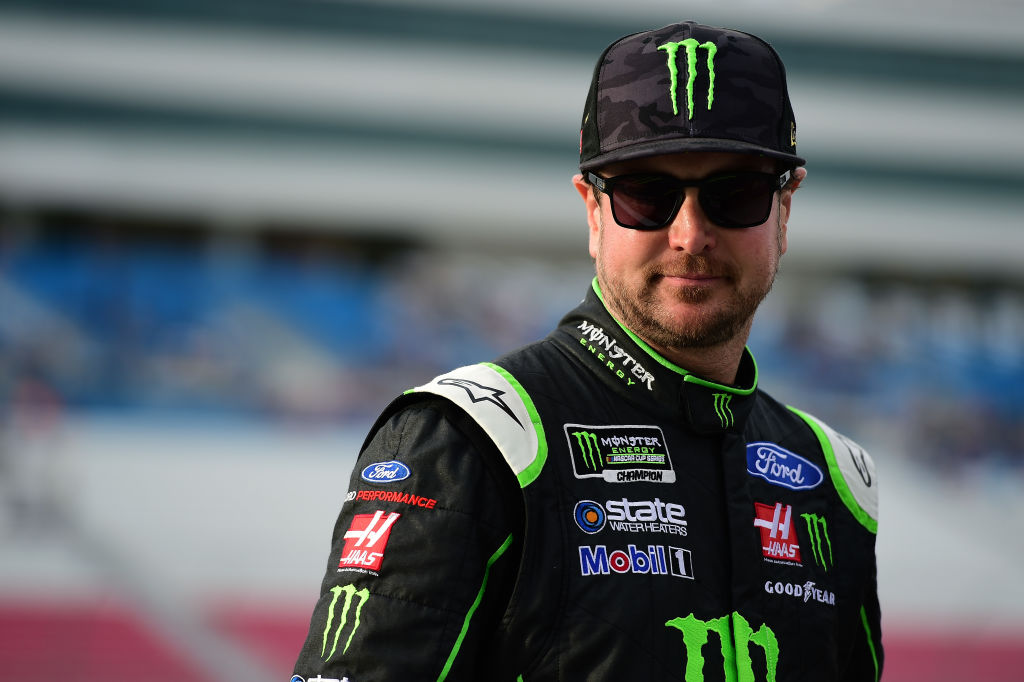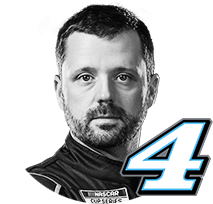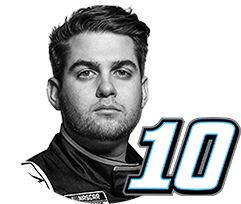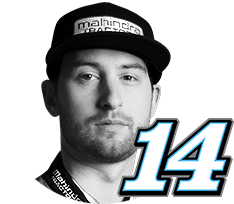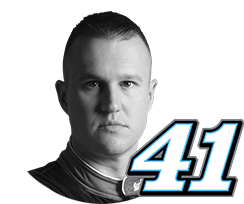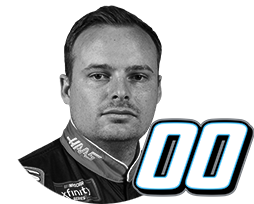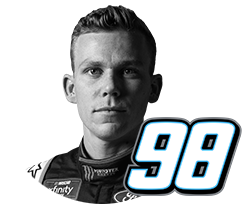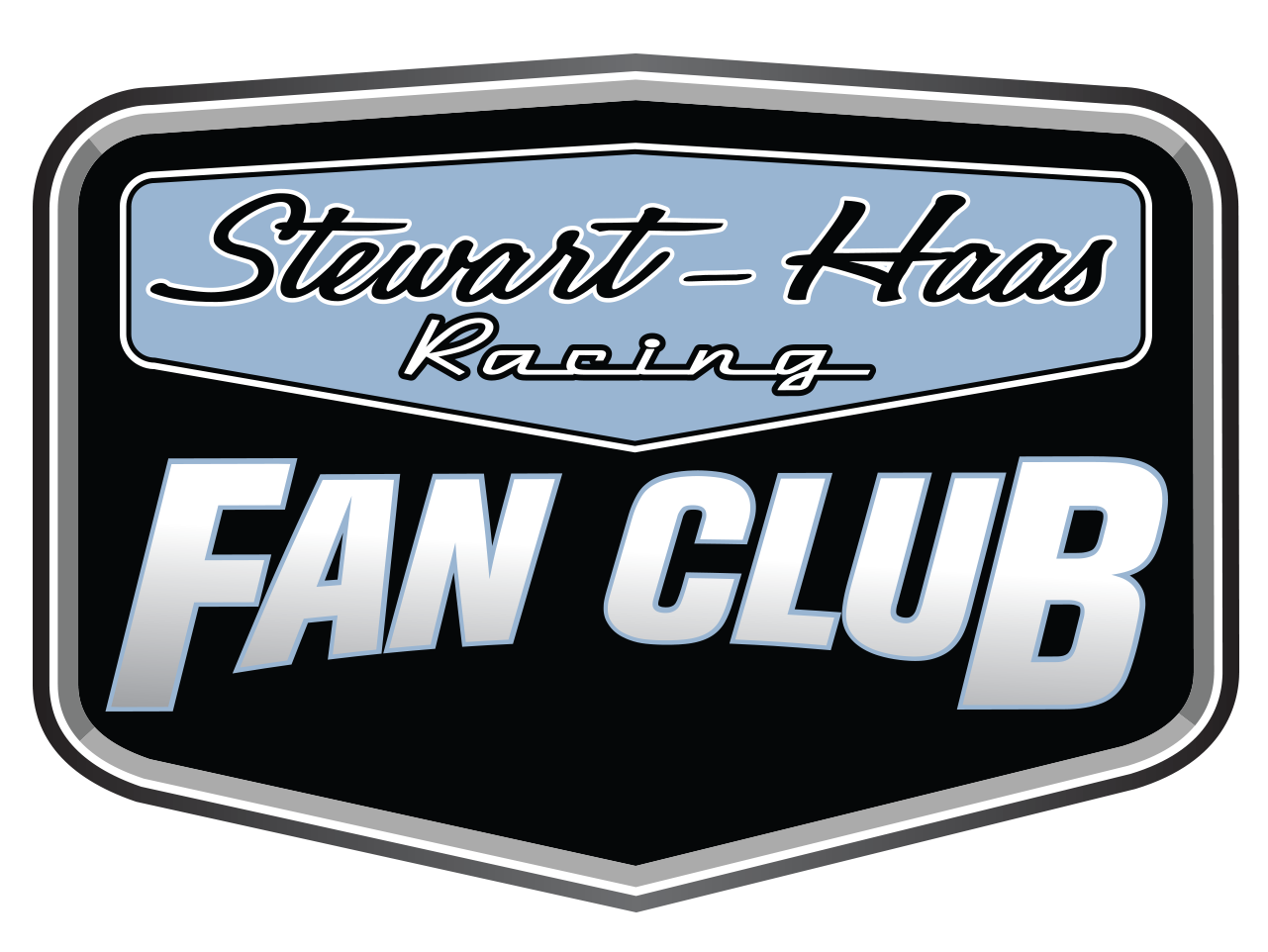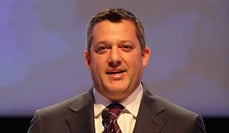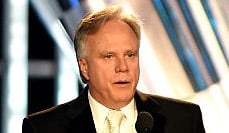It’s among the most unique and coveted trophies in NASCAR – the Ridgeway Furniture Company’s grandfather clock that’s given to the winner at Martinsville (Va.) Speedway in victory lane.
The tradition of giving the famous grandfather clock to the winner of every Monster Energy NASCAR Cup Series race at Martinsville got its start in 1964. Henry Clay Earles, who founded the .526-mile paperclip-shaped track, was inspired to use the grandfather clock as his trophy when Curtis Turner told him he had to start finding storage room for his trophies, and give some away, as well. It was then that NASCAR’s most iconic trophy was born.
Kurt Busch, driver of the No. 41 Monster Energy/Haas Automation Ford Fusion for Stewart-Haas Racing (SHR), won his first race at Martinsville in October 2002. It was his second NASCAR Cup Series victory and a record-breaking one, at that, as he took the green flag from the 36th starting position – the deepest in the field a Martinsville winner had ever started. For Busch, the fact he had won the race really didn’t set in until he stood beside the grandfather clock in victory lane.
Winning the clock that weekend had a profound meaning. Earlier that week, Busch received news that his grandfather had passed away. He headed to Martinsville with the goal of trying to make the weekend as normal as he could, focusing on his racecar while dealing with the emotions of the family’s loss. As the race progressed, Busch was able to take advantage of a strong racecar and worked his way to the front of the field, leading 111 laps en route to the win.
When he climbed from his racecar, he saw the clock and the significance of it hit him then and there – in the week he’d lost his grandfather, he won a prestigious grandfather clock. When it was delivered to his home the following week, he placed it in his living room and immediately named it Al, as a tribute to his late grandfather Al Keller.
Fast-forward to March 2014, when the 2004 NASCAR Cup Series champion was able to end an 83-race winless streak by claiming his second grandfather clock. The win was special for Busch, but was even more so for Haas Automation founder Gene Haas, who co-owns SHR with three-time NASCAR Cup Series champion Tony Stewart. When Haas hired Busch, his directive was clear: win. Be the guy to finally place the Haas Automation-sponsored racecar in victory lane. Victory had eluded the largest CNC machine tool builder in the Western World for 114 races and 11 different drivers since 2002.
When Haas’s grandfather clock was delivered, like Busch’s, it was placed in the living room of his home. It remains a welcome reminder of the significance of the day that he finally saw his car roll into victory lane.
While Busch opened 2017 by winning the season-opening Daytona 500 at Daytona (Fla.) International Speedway, he and his No. 41 team have struggled. They’ve been challenged by mechanical and handling issues that see them headed to Martinsville ranked 14th in the NASCAR Cup Series point standings. They are looking to return to form in the first short-track race of the year, knowing it’s time to right the ship and return to their winning ways.
KURT BUSCH, Driver of the No. 41 Monster Energy/Haas Automation Ford Fusion for Stewart-Haas Racing:
What is the toughest part about racing at Martinsville?
“To me, the toughest part of Martinsville is you just never have a moment to breathe. You have to be on your game nonstop for 500 laps because somebody’s on you, or you are on top of somebody the whole time, and there’s just no room for error.”
How much does pit strategy become a factor at Martinsville?
“It’s definitely something that comes into play. You may gamble early to pick up some positions on the track, especially if you’ve had trouble in qualifying. It’s just one of those things, though, where you always hope you’re on the right one (strategy) and, if you get caught on the wrong one, then you’re kicking yourself the whole time.”
How much more important is track position at a place like Martinsville?
“Track position is everything, everywhere, but at Martinsville it is just so easy to lose it. It doesn’t take much to find yourself going backward, whether it’s a situation with someone bumping you out of the way or you get too high on the track and up in the marbles. Then, deal with what that does to the tires and, boom, next thing you know, you may have had a 10th-place car and now you are 18th. It’s a goal all day to work your way forward and then just to have smooth pit stops to carry you through those midpoints of the race. Then, at the end, when everything is on the line, you have to be aggressive and you can’t be afraid to use the fenders on people to get that solid finish.”

